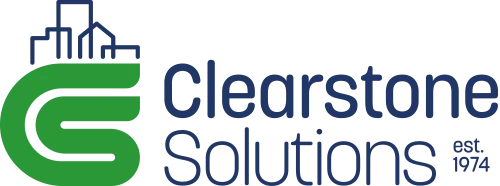Family-Owned, Quality Exterior Cleaning for Homes & Businesses in Dorset, Somerset, Wiltshire & Hampshire!
At Clearstone Solutions, we're the Dorset family that makes homes beautiful! Since 1974, we've been perfecting the art of exterior cleaning - from roof cleaning and render restoration to gutter clearing, fascia and soffit cleaning, plus sparkling windows, driveways and pathways. Our advanced cleaning methods include eco-friendly softwashing, professional steam cleaning, gentle pressure washing, and pure water fed pole systems. Every service comes with our family promise: exceptional results, complete care, and the kind of personal attention that makes your neighbors ask 'who cleaned your house?
Our Areas Covered
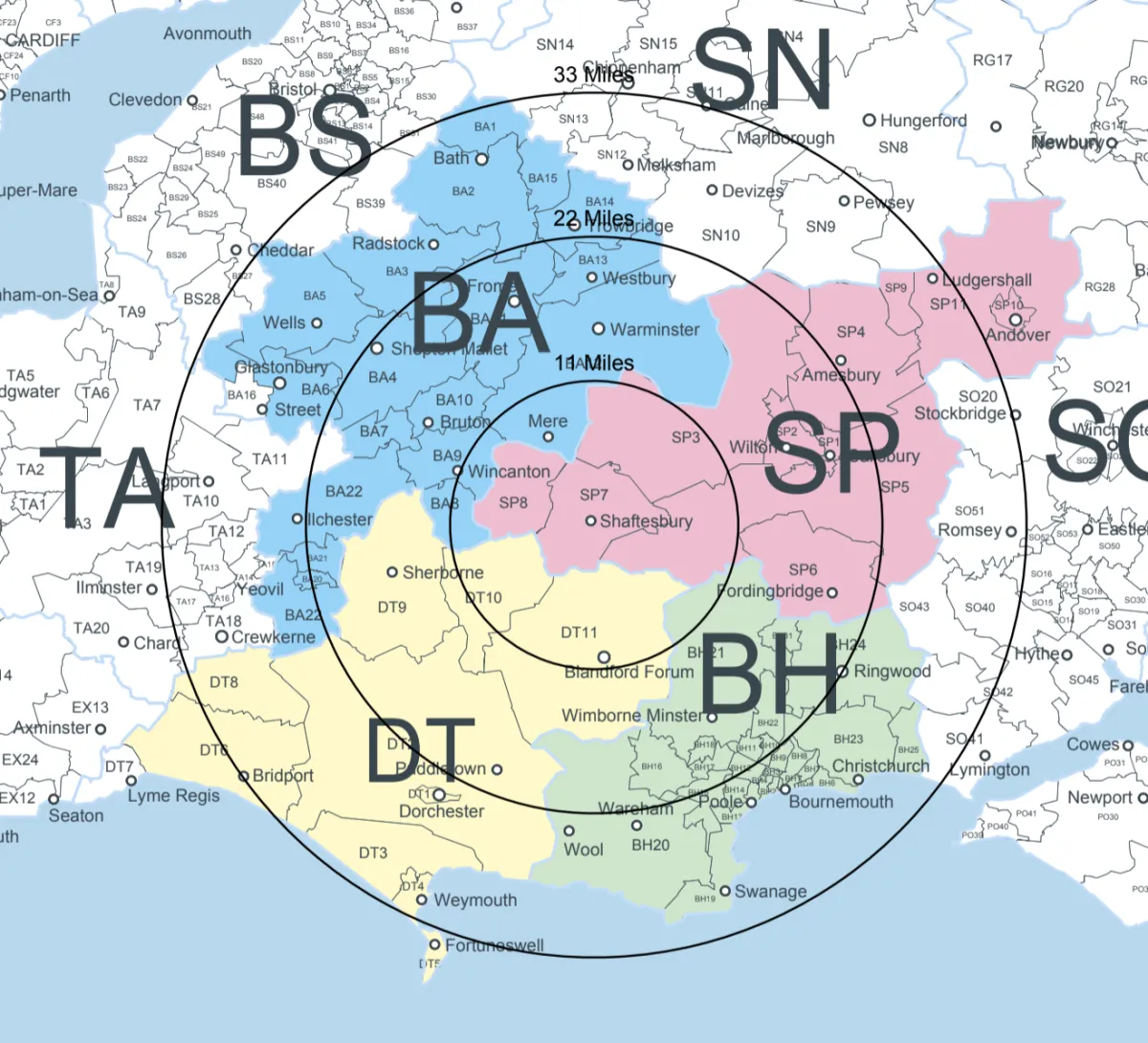
Our 6 Areas Covered A Week At A Time.
Please note that we cover all other areas around the below mentioned towns and cities.
Area 1
Shaftesbury
Hindon
Warminster
Frome
Frome
Trowbridge
Westbury
Devizes
Area 2
Donhead
Tisbury
Salisbury
Downton
Durrington
Amesbury
Tidworth
Area 3
Fordingbridge
Ferndown
Wimborne
Poole
Bournemouth
Christchurch
Ringwood
Area 4
Iwerne Minster
Child Okeford
Blandford Forum
Bere Regis
Dorchester
Puddletown
Wareham
Area 5
Marnhull
Sturminster Newton
Milbourne Port
Templcombe
Sherborne
Yeovil
Ilchester
Area 6
Gillingham
Wincanton
Castle Cary
Bourton
Sparkford
Bruton
Mere
Welcome To Clearstone Solutions
Serving Your Home and Business with Care
Your cleaning needs are unique, and Clearstone Solutions is here to meet them with tailored services designed just for you serving Dorset, Wiltshire, Somerset and Hampshire. Enjoy a transparent, hassle-free process where you know exactly what you’re getting—from pricing to the thorough cleaning of your space. Focus on what matters, and leave the cleaning to us.

Cheers to 50 Years!
Honoring five decades of dedication and quality service.
Since 1974, we’ve been proudly serving the beautiful counties of Dorset, Wiltshire, Somerset, and Hampshire. Originally established by my parents as Western Counties Window Cleaning Services, our family business has remained true to its roots, maintaining the same core values and commitment to excellence for 50 years.
Our Core Cleaning Lineup!
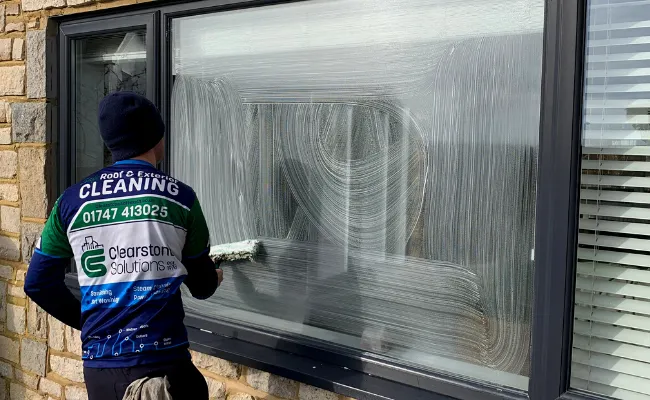
Window Cleaning
If your windows are dirty or grimy, it doesn't only look back from the outside but limits the natural light inside. Regular cleaning will ensure that windows are clear and streak-free.
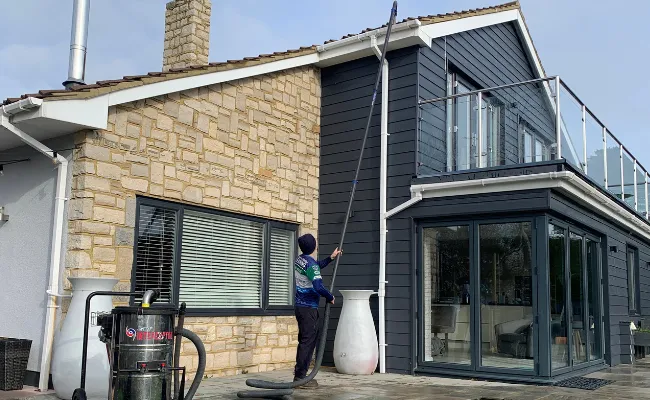
Gutter Cleaning
It's important to upkeep your gutters, ensuring debris and leaves don't leave them blocked up and inefficient. We can take care of your guttering, ensuring they are clear, clean, and working properly.
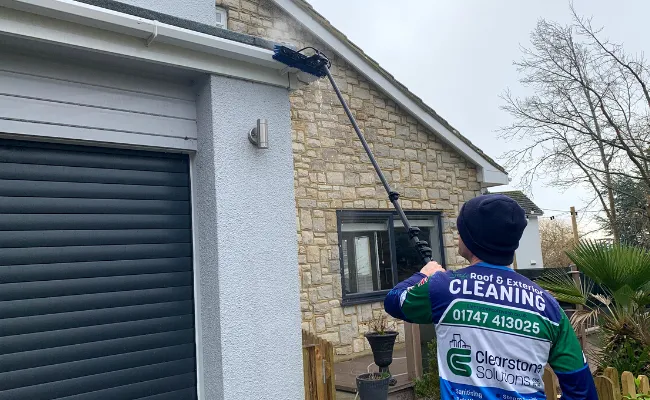
Fascias, Soffits and Cladding
No matter what they are made of, fascias, soffits and cladding seem to attract and collect dirt. Our biodegradable cleaning solution leaves them pest- and dirt-free, making your whole property look cleaner.
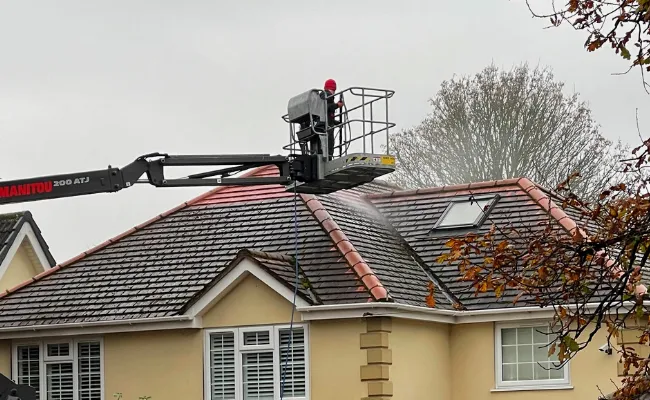
Roof Cleaning
Return your roof to its once new condition, removing all traces of moss, algae or dirty streaks with our low-pressure cleaning methods - all done without needing access to your roof.
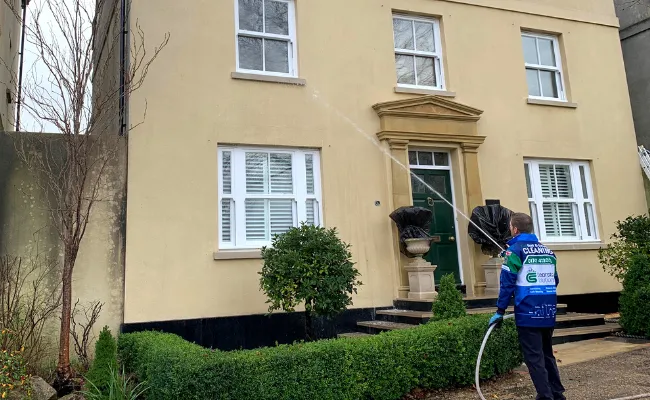
Render, Wall and DOFF Restoration
The classic English weather combined with the heat that buildings produce creates a perfect damp breeding ground for organic growth. Our cleaning methods will kill bacteria, sanitise surfaces, and ensure a long-lasting clean.
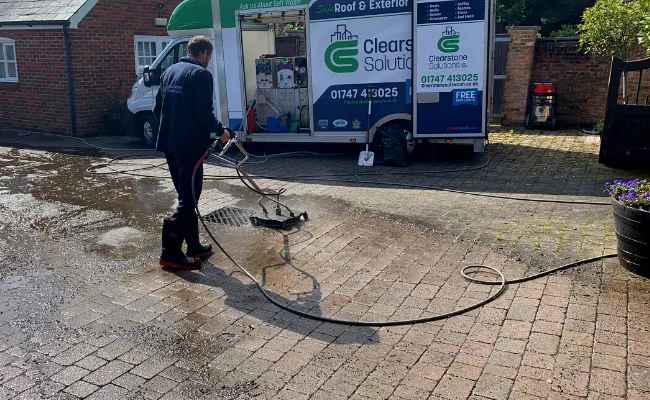
Driveway & Flat Surface Cleaning
Between cars, family, visitors, and the postie, your driveway has constant traffic crossing it! A powerwash removes all of the dirt and grime, leaving the outside of your house looking refreshed.
Sit back and watch our YouTube Videos!
Click one of the videos below, sit back, and enjoy!
How We Make the Magic Happen!

Pressure Washing
Pressure washing delivers exceptional cleaning power with variable high-pressure systems and higher water volume (15-30 litres per minute) that cuts through thick organic growth and stubborn grime. As the most commonly used technique in the industry, it offers lower entry costs and can be operated by untrained individuals. While highly effective at cleaning surfaces, pressure washing focuses on removal rather than killing organic growth at the root.
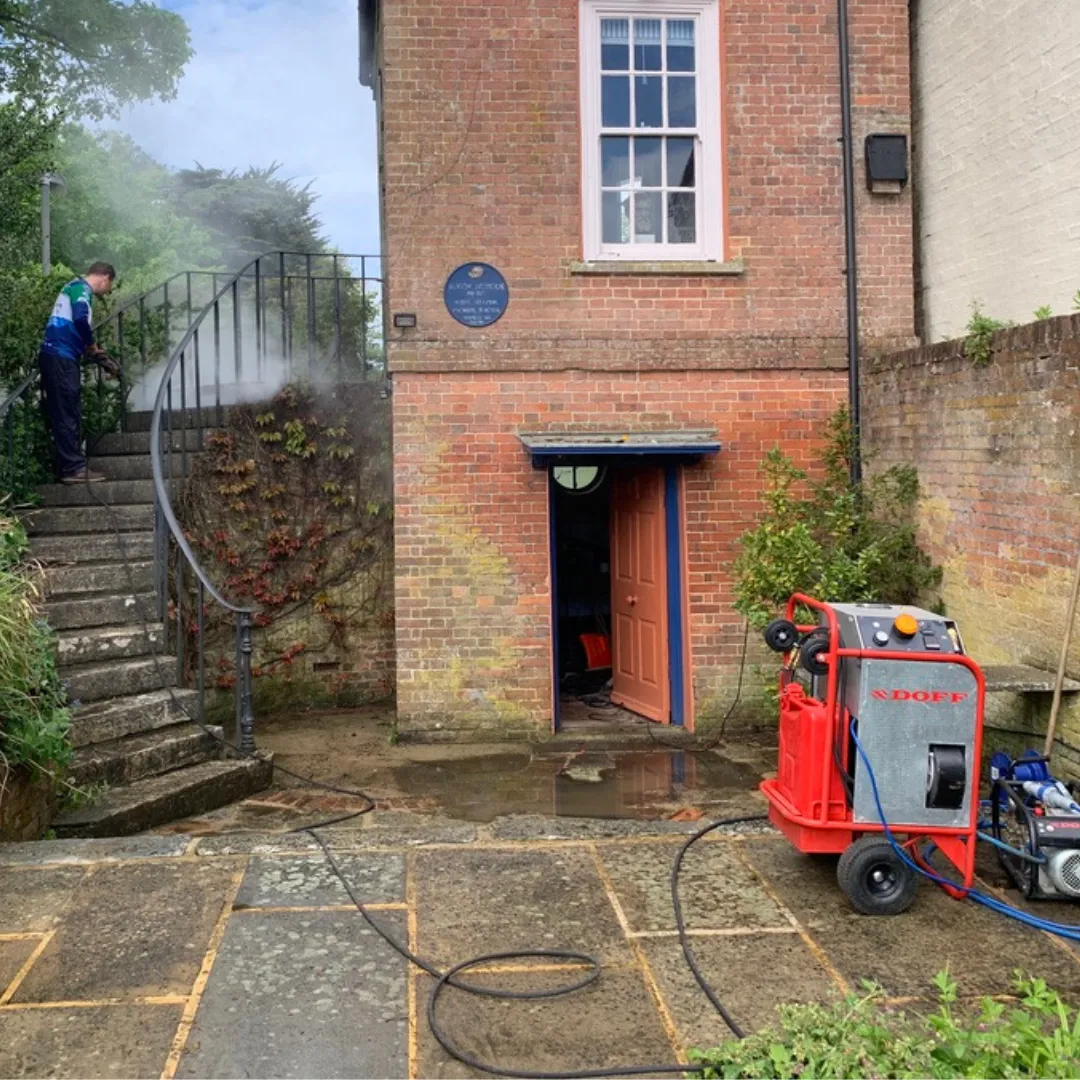
Steam Cleaning
Steam cleaning combines low pressure with high heat (steam) to deliver powerful results while protecting your surfaces. Using just 5 litres of water per minute, this method causes less damage and erosion compared to traditional pressure washing, making it safer for delicate surfaces like roofs. The high temperature effectively kills organic growth at over 130 degrees while excelling at removing deeper stains and stubborn substances like chewing gum. With its gentle yet effective approach, steam cleaning offers superior surface protection without compromising on cleaning power.

SoftWashing
SoftWashing revolutionises exterior cleaning by killing organic growth at the spore level, keeping surfaces cleaner 4-6 times longer than cold water pressure washing. This water-based method uses just one-third the water and significantly less pressure than traditional pressure washing, making it fantastic for maintenance cleaning without the surface erosion that pressure washing can cause. By targeting the root cause rather than just the symptoms, SoftWashing delivers superior, long-lasting results while protecting your property's surfaces.
Perfect trilogy! These three descriptions work great together to showcase the different cleaning methods and their unique benefits.
What Our Customers Are Saying...
And Here's What our team Has To Say!
Five Decades, Five Core Values – Since 1974!
As a family-run company, we recognise the importance of strong relationships and responsive communication. Our services are always tailored to your needs, which is why our 5 Core Values are (and have been) at the heart of everything we do.

Reputation

Experience

Education

Systems

Guarantees
Trusted by These Amazing Clients!
























